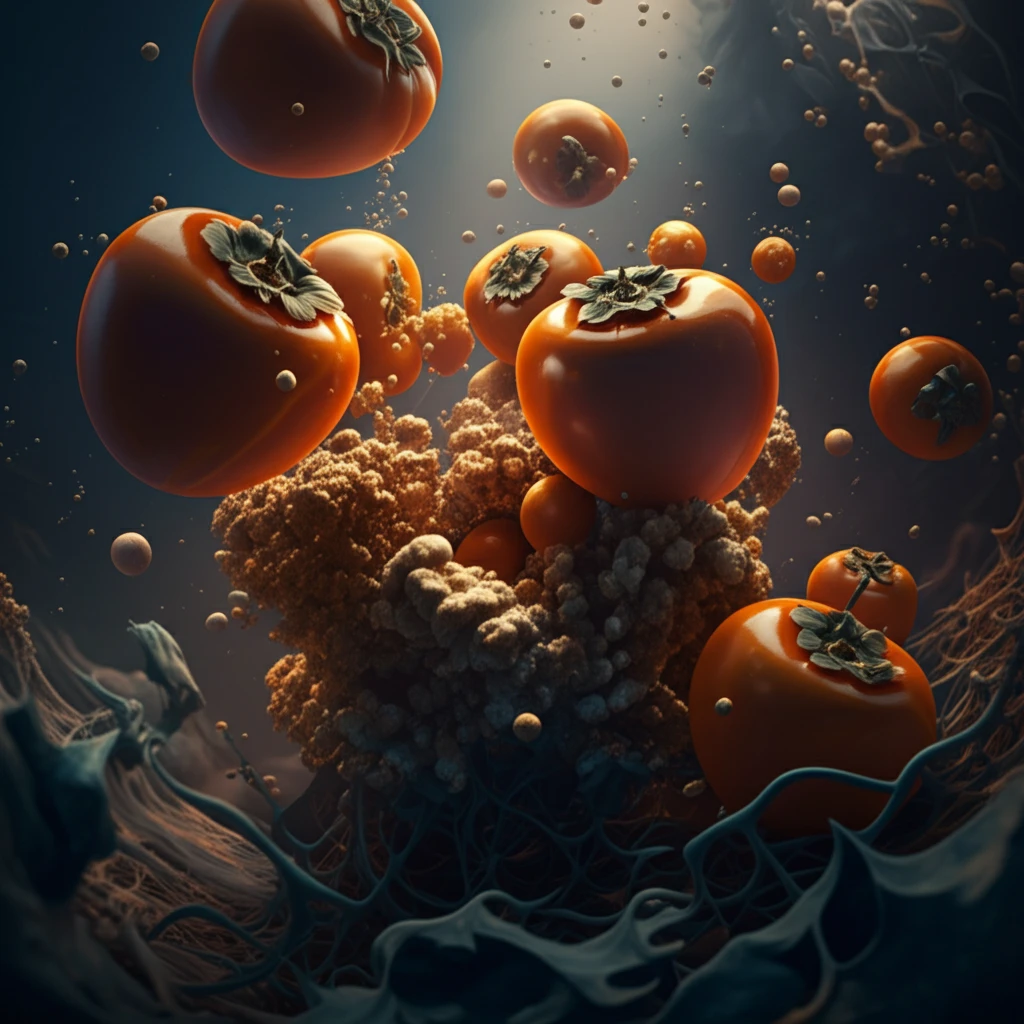
Unlock the Power of Persimmon: A Natural Solution for Gold Nanoparticle Synthesis
" Harnessing Nature's Chemistry: A Deep Dive into Persimmon-Mediated Gold Nanoparticle Production"
In an era increasingly focused on sustainability and natural solutions, the synthesis of gold nanoparticles (AuNPs) is undergoing a green revolution. Traditionally, creating these incredibly versatile particles has relied on harsh chemicals and energy-intensive processes. However, groundbreaking research is revealing the potential of natural resources, and persimmon fruit is emerging as a star player in this eco-friendly transformation.
Gold nanoparticles are incredibly versatile. Their unique optical, electronic, and chemical properties make them indispensable in medical diagnostics, drug delivery, cosmetics, and environmental remediation. However, traditional synthesis methods often involve toxic chemicals that pose environmental and health risks, spurring the search for greener alternatives.
This article delves into a fascinating study that explores the use of persimmon fruit extract as a natural agent for synthesizing AuNPs. We will uncover the science behind this innovative approach, examining how persimmon's unique composition facilitates nanoparticle formation, and explore the potential applications of these naturally-derived nanomaterials.
Why Persimmon? Unveiling the Fruit's Nanoparticle-Creating Power

The secret to persimmon's nanoparticle prowess lies in its rich composition of bioactive compounds. Persimmon fruits are packed with polyphenols, flavonoids, and sugars, all of which play a vital role in the synthesis process. These compounds act as both reducing and stabilizing agents, meaning they help transform gold ions into nanoparticles and prevent them from clumping together.
- Polyphenols: Act as reducing agents, converting gold ions (Au3+) into gold nanoparticles (Au0).
- Flavonoids: Contribute to stabilizing the nanoparticles, preventing aggregation and ensuring a uniform dispersion.
- Sugars: Provide additional reducing power and contribute to the overall stability of the solution.
The Future is Gold: Sustainable Nanoparticle Production for a Better Tomorrow
The research clearly demonstrates the potential of persimmon fruit extract as a viable and sustainable alternative for gold nanoparticle synthesis. This innovative approach not only reduces reliance on hazardous chemicals but also opens doors for cost-effective and environmentally conscious production. As nanotechnology continues to advance, embracing natural solutions like persimmon extract will be crucial for ensuring a responsible and sustainable future.
